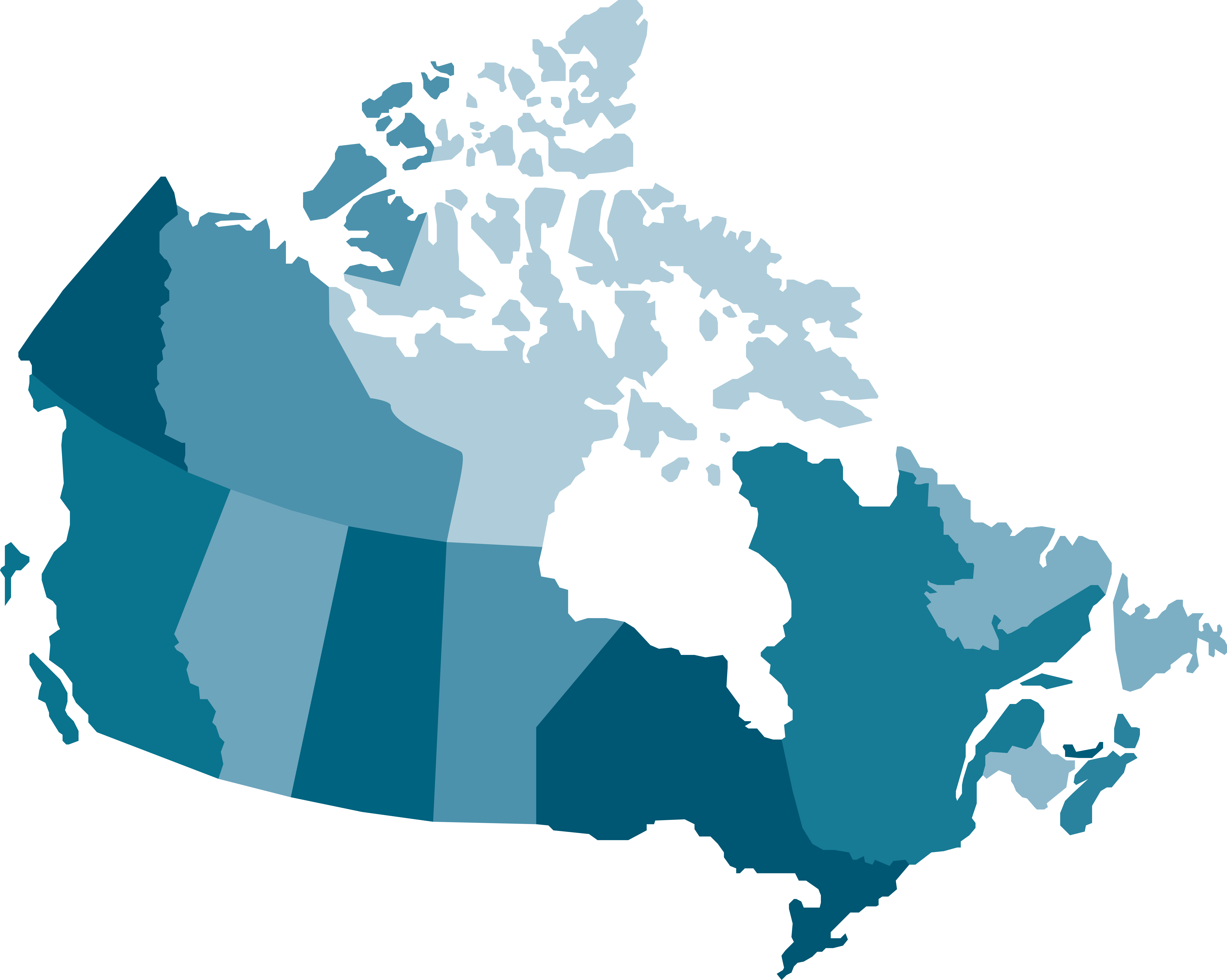 In recent years, the Equalization program in Canada has been criticized for its failure to account for growing economic disparities between provinces. The system was initially created to ensure that citizens across the country have equal access to the necessary public services. Theoretically, residents of affluent provinces would contribute more to the Equalization program in order to supply less prosperous provinces with the financial capacity to provide adequate and equal public services. However, as a product of past political decisions and assumptions rooted in historical circumstances, the program has left Ontarians with less public service spending per capita than any other province in Canada.
In recent years, the Equalization program in Canada has been criticized for its failure to account for growing economic disparities between provinces. The system was initially created to ensure that citizens across the country have equal access to the necessary public services. Theoretically, residents of affluent provinces would contribute more to the Equalization program in order to supply less prosperous provinces with the financial capacity to provide adequate and equal public services. However, as a product of past political decisions and assumptions rooted in historical circumstances, the program has left Ontarians with less public service spending per capita than any other province in Canada.
As stipulated in subsection 36(2) of the Constitution Act, 1982, “Parliament and the Government of Canada are committed to the principle of making equalization payments to ensure that provincial governments have sufficient revenues to provide reasonably comparable levels of public services at reasonably comparable levels of taxation.” In other words, to ensure equal access to public services across provinces in Canada, the federal government collects provincial revenue and redistributes it from more prosperous provinces to less prosperous provinces. In the past, this has meant that residents of Ontario, Alberta and British Columbia would contribute more than they received, while other provinces would receive more than they contribute.
In a policy paper by Thomas Granofsky and Noah Zon in April of this year, the authors emphasize that fiscal federalism has failed to keep pace with the macroeconomic realities of the country. Due to natural resources being treated differently from other tax bases (only 50% of resource revenue included in fiscal capacity calculation), provinces such as Saskatchewan and Newfoundland and Labrador continue to be net beneficiaries of federal distribution, while having above average fiscal capacity. Conversely, Ontario, a province with little to no resource revenue, continues to support other provinces that have greater fiscal capacity. In fact, Ontario is the only province whose citizens contribute greater than average revenue to the federal program while having below average capacity to facilitate adequate public services.
Looking at the implications of these redistributive discrepancies, Granofsky and Zon find that contribution gaps create issues for both Ontarian residents and their politicians. Lacking sufficient funding, the provincial and municipal governments are left to find alternative ways to generate revenue for public services. If provincial and municipal governments are unable to do so, Ontario residents will continue to have fewer public services than Canadians elsewhere.
Seeing that this issue was uncovered years ago, how and why does it still persist? One possible reason is assumptions about who needs federal support the most. As it is, there is a common and harmful perception that Ontario needs less federal spending. Historically, Ontario has had a massive manufacturing sector, along with the largest service sector in Canada. However, Ontario is also the most populous province in Canada. Further, the Equalization program was not designed to make up for rising disparities between provinces. Thus, due to the perception that Ontario should be a contributor, not a beneficiary, historical circumstance is obscuring current realities.
Another reason why reform has not taken place is the politicization of the Equalization program. Since its inception in the 1950s, the program has been subject to federal executive discretion, giving each province a say in the way the equalization program is to operate and distribute funds. With each provincial premier sparring to be a recipient, principle-based redistribution is outweighed by political competition. Politicians at the federal level use this competition and dangle distribution rights in front of sway provinces to gain electoral votes. As a result, a program originally assembled to objectively distribute funds as needed has become subject to intergovernmental conflict.
Given the federalist system in Canada and the competition it creates, reforming the equalization program is easier said than done. However, experts at the University of Toronto’s Mowat Centre, a public policy think tank, find that there is room for improvement. By creating an objective “arms length” body, an agency model used by other federal states to manage redistribution, the equalization program has the potential to be substantially de-politicized and thus keep up with the economic environment. Until such amendments are made, Canada’s redistributive system will continue to be cemented in obsolete assumptions and political deadlock, leaving an uneven and unfair playing field for Ontarians. Christopher Abbott




